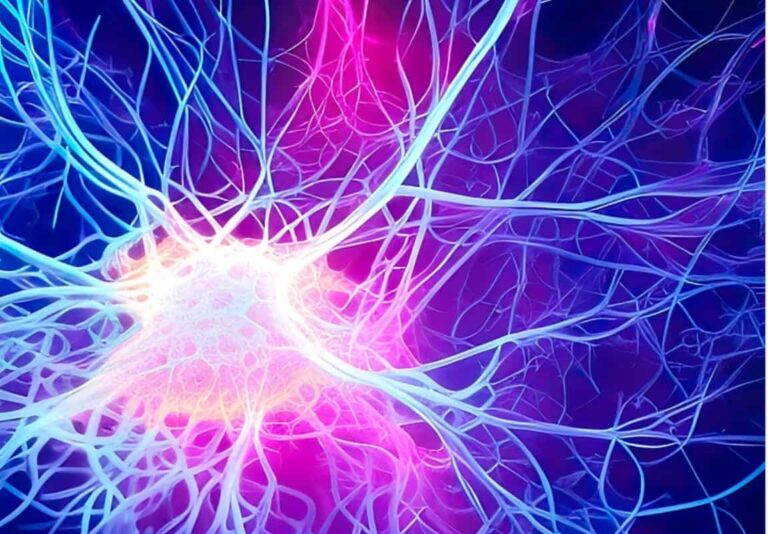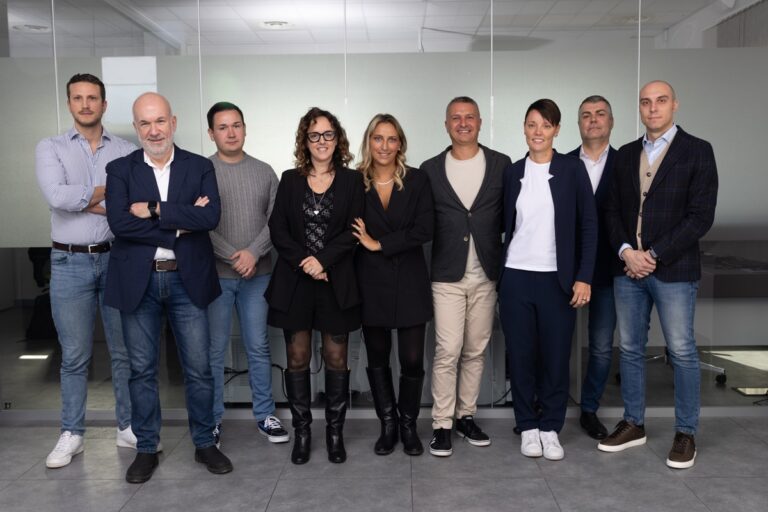In the last few decades, the fields of neurology and neurotechnology have advanced significantly. From medical breakthroughs to new discoveries on how our brains work, advancements in this field have revolutionized the way we understand our biology and physiology.
With each new development, we are getting closer and closer to unlocking the mysteries of the brain. But what exactly does neurotechnology mean?
Table of Contents
What is neurotechnology
Neurotechnology, in simple terms, refers to a branch of science concerned with studying the brain and its functioning. It also promotes the development of therapies and devices to treat neurological disorders.
Neurotechnology tries to modify neural activity via neuromodulation to heal or normalize function impacted by neurological illnesses or enhance cognitive capacities. It can also be used to control external devices like neuroprosthetics.
Neurotechnology can be used to localize pathological excitation patterns in epilepsy.
Uses and applications of neurotechnology
Neurotechnology has a wide array of uses and applications in almost every field. Let’s explore some of the major uses and applications of neurotechnology.
1. Brain imaging
The imaging of the brain is an important application of neurotechnology. PET and MRI brain imaging technologies enable researchers to examine the brain and better understand the impact of accidents, diseases, medications, and other chemicals. The BRAIN Initiative is a research program that focuses on using new imaging technologies in tandem with genomes to inform therapeutic decisions.
Functional magnetic resonance imaging (fMRI) is another brain imaging approach. Neurotechnology can also be utilized for research, such as experimental brain imaging, to acquire data on mental illnesses or sleep patterns. Neurotechnology and neuroimaging seek to comprehend neuronal biology, degeneration, regeneration, and neural circuit organization in debilitating neurological illnesses.
Read also: Mind reading technology: what are its latest developments
2. Neuronal biofeedback
Neuronal biofeedback is a type of biofeedback that uses neurotechnology to teach subjects self-control of brain functions through brain wave measurement and feedback signal generation. Individuals can use this method to control their brain activity and directly alter the underlying neurological processes.
EEG (electroencephalography) is a typical method for measuring brain waves in neuronal biofeedback. Neuronal biofeedback teaches people how to control their brain activity to improve cognitive and emotional performance. This method has the potential to treat neurological and mental diseases.
3. Neurostimulation
Neurostimulation is an application of neurotechnology in which the nervous system activity is purposefully modified using techniques such as TMS (rTMS).
The therapy of depression and other neurological illnesses has used this technology.
4. Neural interfaces
Neural interfaces are an application of neurotechnology that aims to create a link between the nervous system and the outside world by either stimulating or recording neural activity. These interfaces use different techniques to record brain activity and stimulate parts of the brain at will.
Neural interfaces have the potential to blur the lines between mind and machine and have extraordinary potential. The development of high-resolution neural interfaces for use by able-bodied individuals is an active area of research.
5. Neuro devices
A form of neurotechnology known as a neuro device interacts with the nervous system to track or control brain activity. Using measurements of cerebral activity to control external devices, such as neuroprosthetics, is one of the design objectives of neuro gadgets.
Neuro Devices have a wide range of applications, from furthering academic research to therapeutics to developing new technologies. For example, transcranial-focused ultrasound neuromodulation is a non-invasive neuro device that can selectively modulate the activity of specific neuron types. This technology has potential applications in treating neurological disorders such as Parkinson’s disease and epilepsy.
6. Neuroprostheses
Neuroprostheses are devices that communicate with the nervous system in order to restore or improve neural function. These are used to treat human neurological disorders and have a wide range of applications.
Cardiovascular pacemakers, which are implanted devices that regulate the heartbeat, are one widespread application of neuroprostheses. Another application is in auditory prostheses, which include cochlear implants, auditory brainstem implants, and auditory midbrain implants for hearing restoration.
7. Optogenetic implants
Optogenetic implants are an application of neurotechnology that allows specific genes in neural tissue to be switched on or off using light-sensitive proteins. This technique involves the use of bioengineered light-sensitive proteins to control the activity of neurons or other cell types with light.
Optogenetics is a rapidly evolving field of applied research that has the potential to revolutionize the way we study and treat neurological disorders.
Despite its jaw-dropping potential, neurotechnology still has some drawbacks. As it affects brain functioning, its side effects are still unexplored. Moreover, it’s a relatively new technology and is still under research. Thus, it’s important that the technology is effectively studied and researched before being widely implemented.
Read also: Deep learning, how the technology that is revolutionizing Al works












